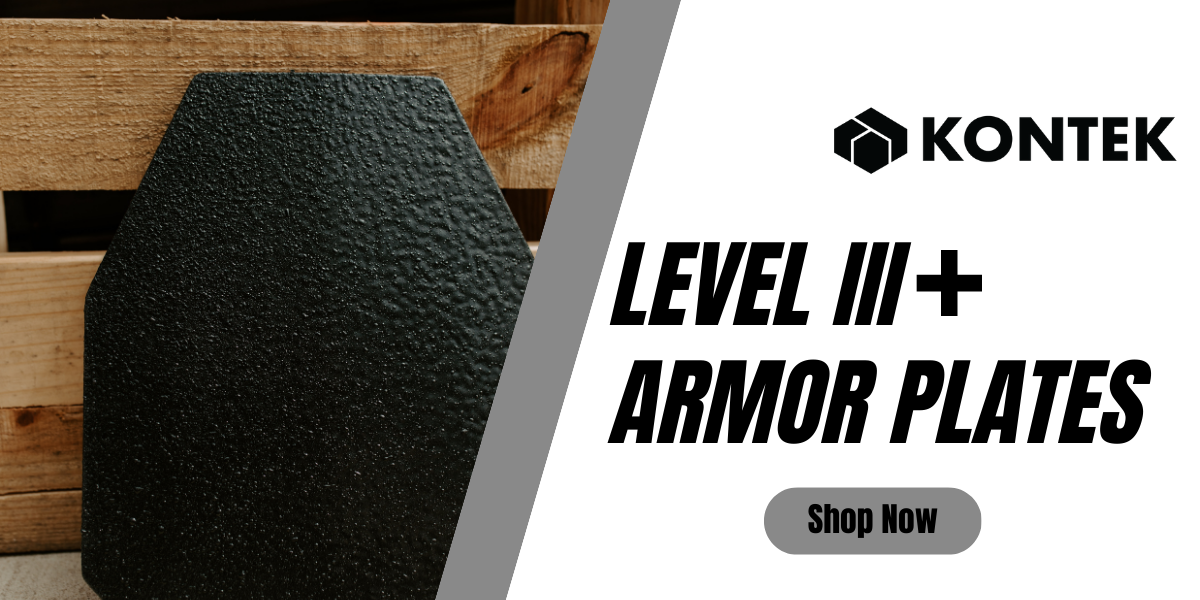Close Quarters Combat or Close Quarters Battle training involves the preparation of tactical teams for situations where a physical fight with firearms between multiple individuals at a particularly short range may occur. Shoot houses help enhance both the performance of tactical teams and the efficiency of their missions as they are configured to resemble residential, industrial, and commercial areas. Throughout training, ballistic shields can be implemented for various scenarios. Raids, high-risk search warrants, and active shooter situations can be practiced with ballistic shields using both offensive and defensive tactics. There are fundamental CQB principles alongside room clearing and target engagement that are among the most common practices for tactical teams when implementing a ballistic shield in a shoot house.
Basic CQB Principles
Understanding basic CQB principles will help simplify whatever material that is learned through training. Tactics are important but may need to be shifted or altered once you’re in a real situation and knowing the basics will increase your ability to make those changes based on your assessment of the environment. “The point man is never wrong” is one common principle that many have heard in training, and it means that as the point man, you make a choice or head in a direction and the other officers react based on the action taken. For example, If the point man runs into a room towards the center, then the second officer should pick up left or right followed by the next officer who will then do the opposite of the second officer.
Another common principle is to read and react, meaning that your decisions need to be based heavily on what is currently happening and what actions are being taken by the individuals in front of you. Following the lead of your point man and reacting swiftly in various scenarios can become much easier to do with a ballistic shield protecting you from bullets and dangerous projectiles. Surprise and triangulation are also extremely impactful when a suspect is involved.
The element of surprise steals time away from the suspect to think or react efficiently. Triangulation is where two officers separate from each other to form a triangle with the suspect making it harder to engage both officers at the same time. Ballistic shields can offer speed, protection, and distraction (such as with strobe lights) to help surprise and disorient the suspect. Triangulation is also much more impactful against a suspect if both officers are carrying a shield.
Room Clearing
Clearing a room is a huge part of any close quarters combat situation and it often can be the most dangerous at times. The key to successful room clearing is to use your speed to your advantage, cover your bases, and engage threats with dominance. Shoot houses offer a significant level of preparation for room clearing because the training is much more realistic in comparison to other environments. In training you will have many chances to move between rooms and hallways to gain understanding of the proper methods and procedures to clear a room.
Lighter weight shields can still offer ballistic protection providing officers the ability to conduct room clearing as quickly as possible. Covering your bases can be much easier with a shield as you can clear near corners without becoming too exposed and gain a proper field of vision to engage suspects. Ballistic shields help officers attack with dominance due to the tactical advantage gained from aspects such as lighting, weight, shape, and design that each can enhance an officer’s capabilities.
Target Engagement
Engaging a target is heavily practiced in shoot houses and they help officers develop skills in areas such as target discrimination, threat assessment, and engaging multiple targets. Shoot houses can contain 3D targets placed in specific rooms and hallways to provide a realistic point of view. Ballistic shields give officers more time and visibility to assess threats before and during the time they are engaging with suspects. Officers also learn the battle of angles which is the idea that you should first seek to cover or clear the angles that suspects would be best able to engage you and your team from. This principle strengthens the case for utilizing shields during shoot house training to increase chances of getting to specific areas safely.
Contact Kontek Industries
If you need to replace or acquire ballistic shields for your agency, contact Kontek Industries to discuss what you need. We can provide different levels of protection paired to ballistic shields through our partners at Armor Express, B4DI and BlueRidge Armor.
Armor Express is one of the largest global suppliers of protective armor solutions. From the U.S. Armed Forces and Department of Defense to Federal and Domestic Law Enforcement officers, Corrections personnel, Fire & EMS professionals, and Private Security, they provide the highest-performing, mission-ready protective gear for the most important customers in the world.
BlueRidge Armor is founded on decades of experience in design engineering, development and manufacturing of world class bullet resistant armor, ballistic shields and protective equipment for law enforcement, elite tactical forces and private security sector.
B4DI is a Special Operations Forces/Federal Law Enforcement veteran-owned and led small business. They focus their time and resources on targeted projects where they strongly believe there is an opportunity to visualize or influence concepts in an innovative way that has never been done.
Contact the office at Kontek Industries today to discuss your needs.
.jpg?width=1280&name=Untitled%20design%20(7).jpg)

